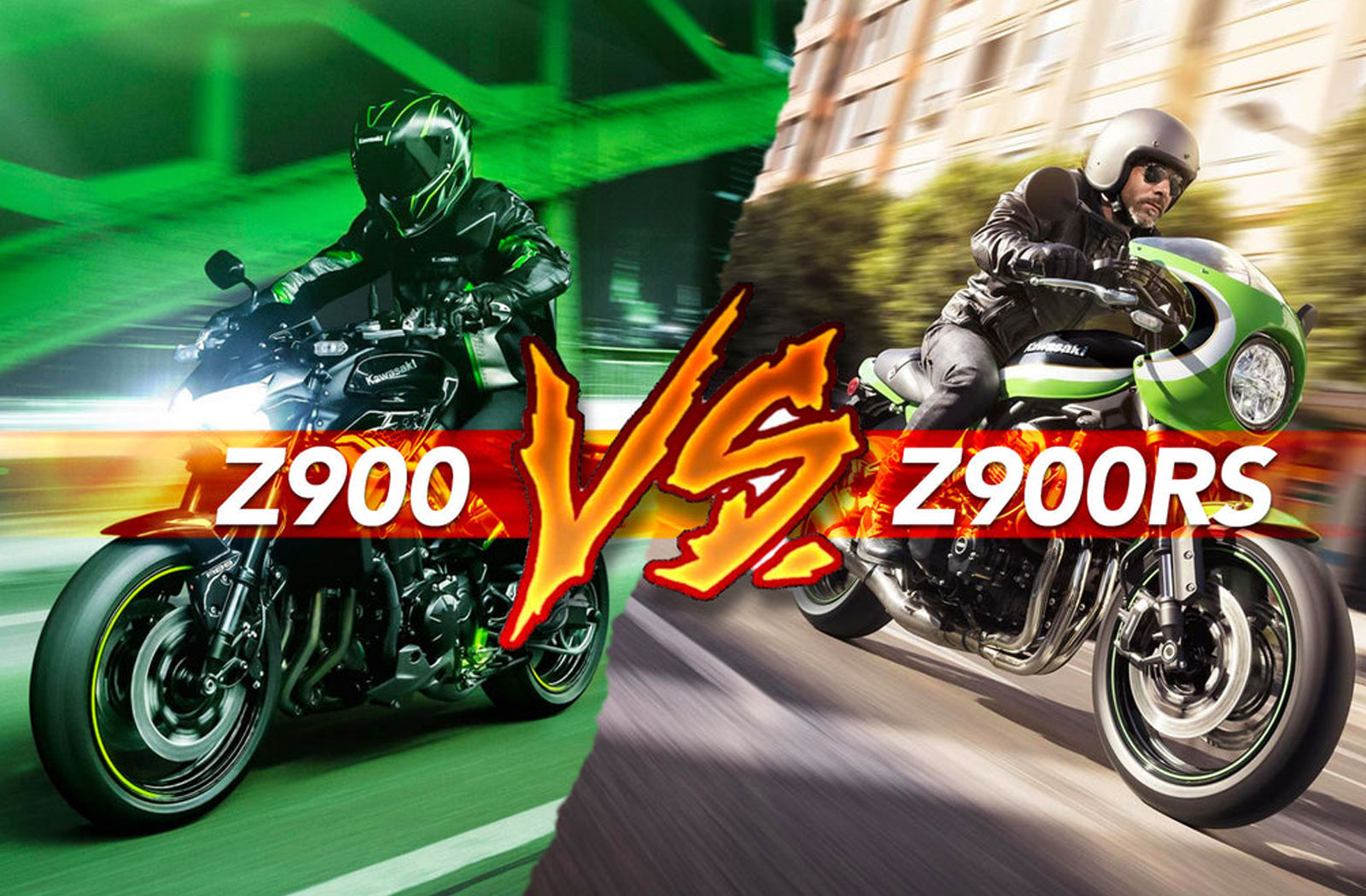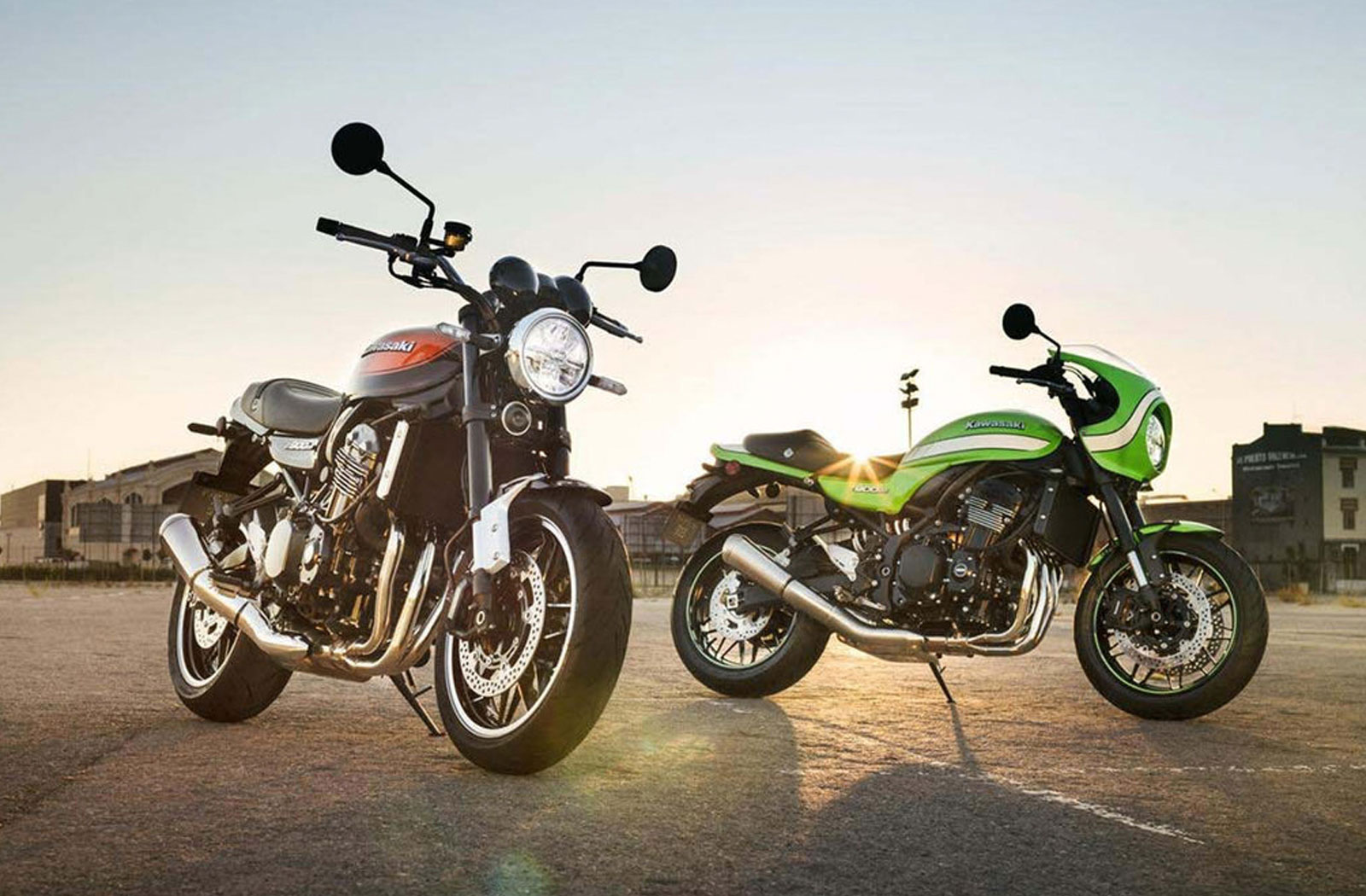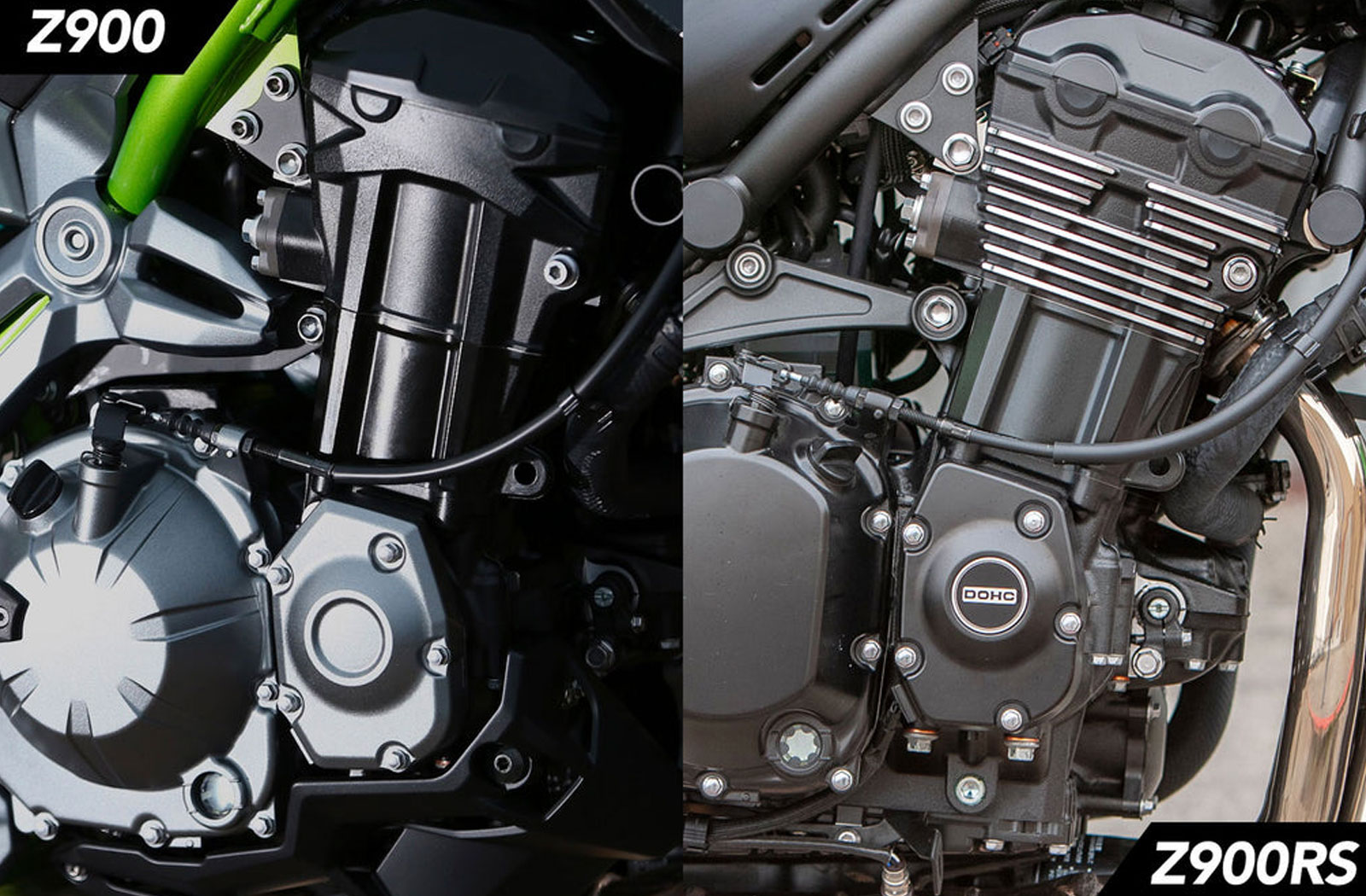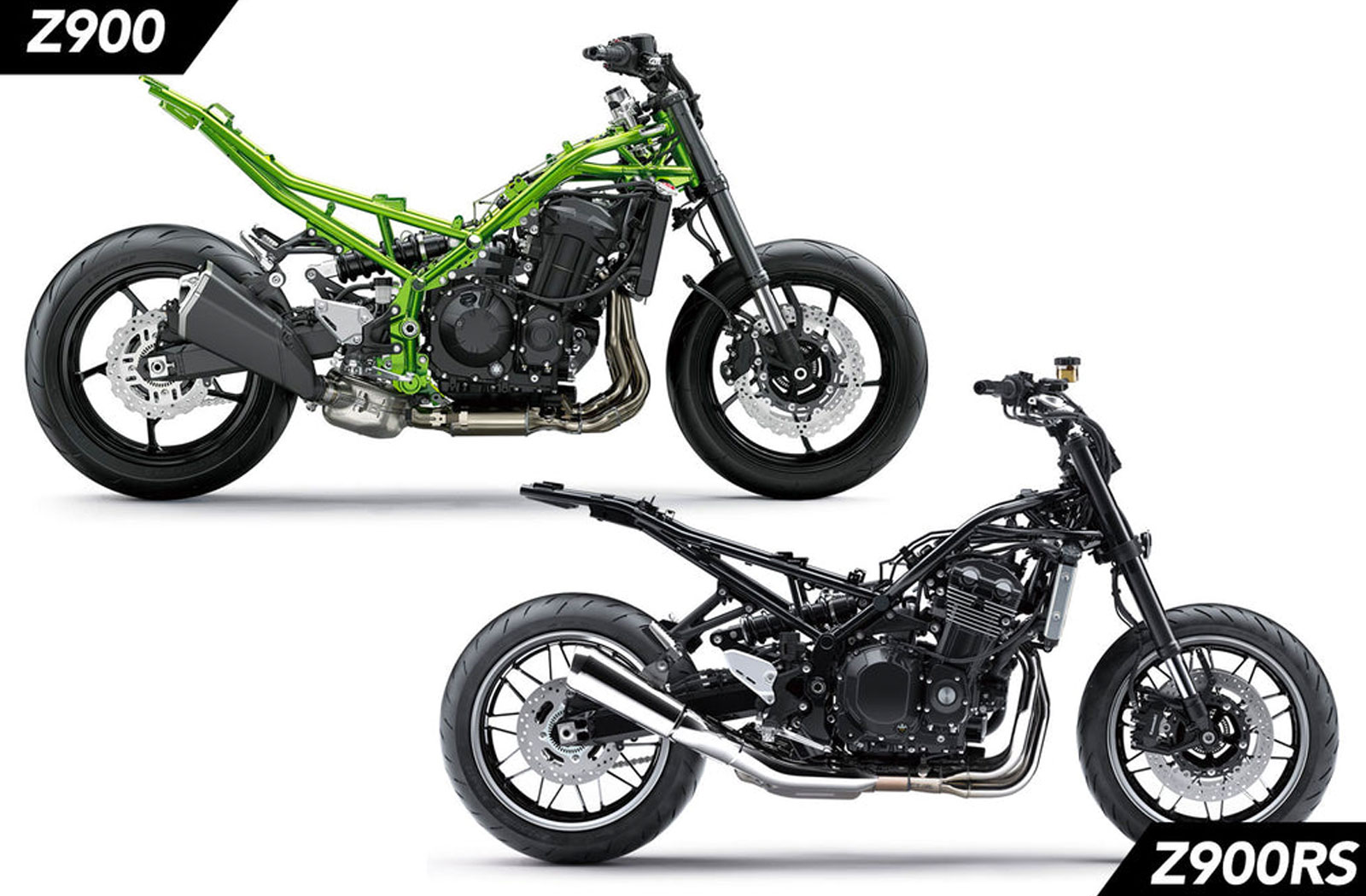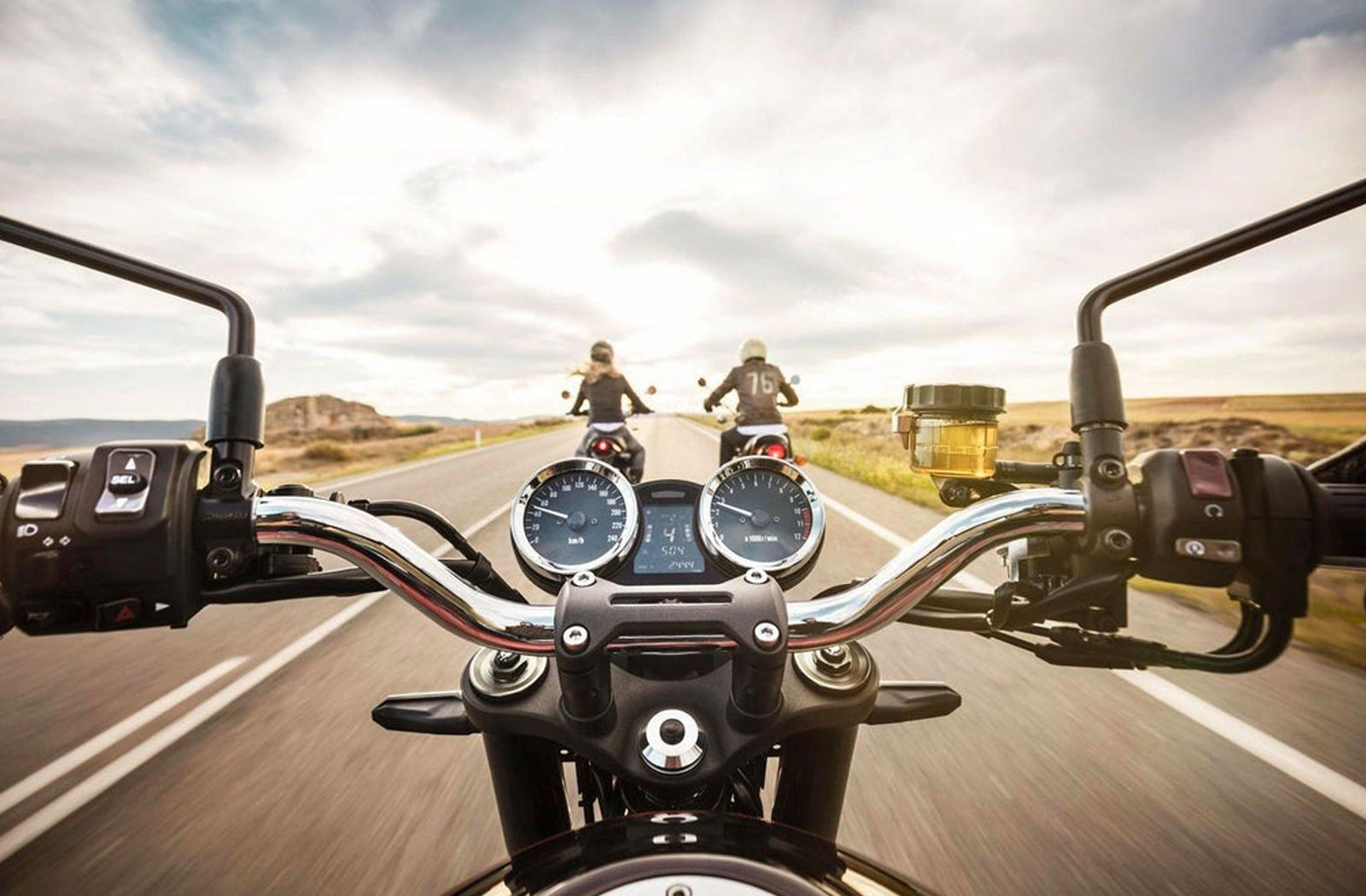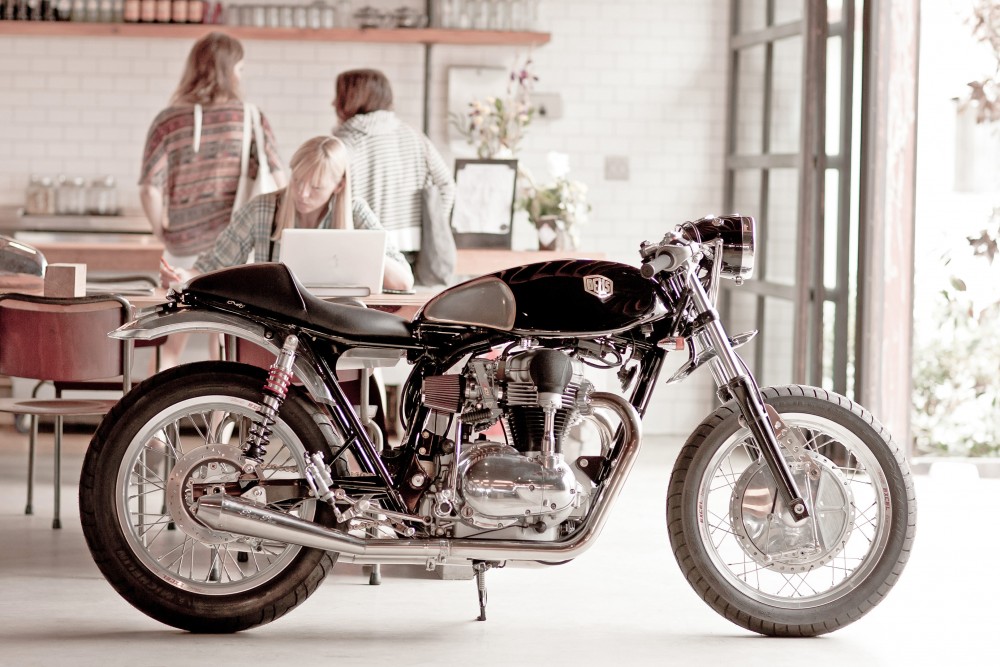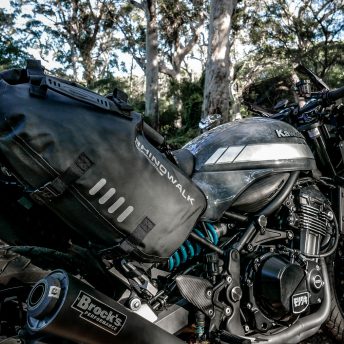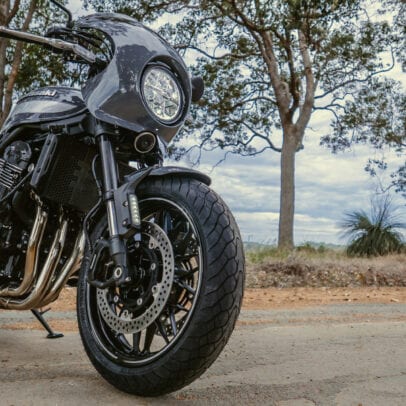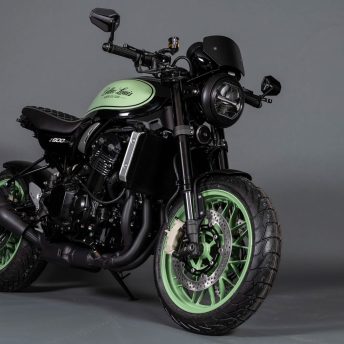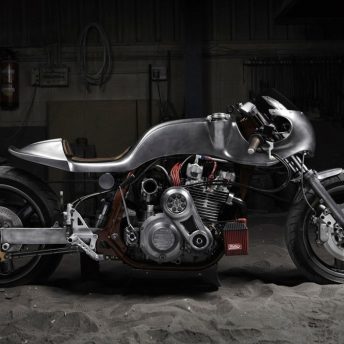Motorcyclists like to moan about everything. And the quickest way to start some premium groaning is to sell us a naked bike that’s been detuned. Because it’s downright aggravating when a manufacturer decrees that because you don’t want a race replica bike, you don’t want race replica performance. The CB900 Hornet? Castrated CBR. The FZR? An R1 midway through a course of HRT. For the first time in history, ‘naked’ means ‘less exciting’.
Manufacturers find it cheaper to build naked bikes from parts ordered from wish.com. Flywheels and cranks are machined less and are cheaper. Smaller throttle bodies are used. Valves are made from steel, not titanium. And it’s all done with a condescending wink, saying it’s just for easier street riding. And each time legions of boomers nod approvingly and shuffle towards dealerships in their sandals and socks. So, you can imagine the caterwaul around the Kawasaki Z900RS when it launched with a seemingly Aldi-level Z900 engine. The new RS, apparently, is merely a nerfed Z900.
Yes, it’s got a new map. Yes, it’s down on compression. And the result of that kick in the knackers means the RS goes into battle with fifteen fewer horses than the full-strength model. But it hasn’t been done because it’s cheaper. It’s not a cost-cutting exercise aimed at your grandad. There is nothing cheap about the Z900RS — but we’ll get to that in a tick.
Now that drop in HP does mean a dip in top-end acceleration. But it also means you’ll find the power comes on sooner and more predictably. Hell, under 7,000RPM the retro-styled Z900RS is actually quicker than the Z900.
The bike is, without doubt, more usable on the street. And that suit-and-tie performance also perfectly matches the new frame. That’s right, the Z900RS runs a completely new trellis frame. The original looks like it’s been punted up the bum, with a sharp vertical upward kick under the pillion seat. And that doesn’t suit the retro design brief of the throwback ducktail and flat bench seat, so the frame was flattened and narrowed. The new bones also helped the installation of a “slim” fuel tank.
And as if a whole new frame wasn’t enough to convince you that there was something different about the Z900RS, there are a thousand other changes that have been made to set the retro-throwback apart from its donor.
The instrument cluster is an analog design rather than the original digital ‘transformers’ display. The headlight is a gorgeous, chrome-rounded model. The seat is flatter, higher, and harks back to the bench seats of old. Hell, even the wheels are different, with a design that even looks a little like spokes.
While we’re talking about rims, it’s interesting to note the brake setup. The futuristic Z900 runs waved discs while the RS has standard rounded, perforated models. The RS also has radial brakes — a nice upgrade from the standard models on the Z900.
There’s a host of smaller variations, too. The Z900RS has less modern-looking indicators and mirrors, and a fender that doesn’t look like a cubist’s wet dream. Even the engine cases are different with the RS sporting cooling-style fins that arguably offer more form than actual function.
The overall impression of the Z900RS is a bike that oozes quality, timelessness, and a universal appeal that the standard model couldn’t dream of. It looks better. It’s better finished. It’s made from better parts. Nothing about it feels cheap — because it isn’t. Even the stainless steel exhaust pipes are bent, polished, welded, and polished again and the double wall design means that you’ll be able to see your drooling expression in the reflection for years to come.
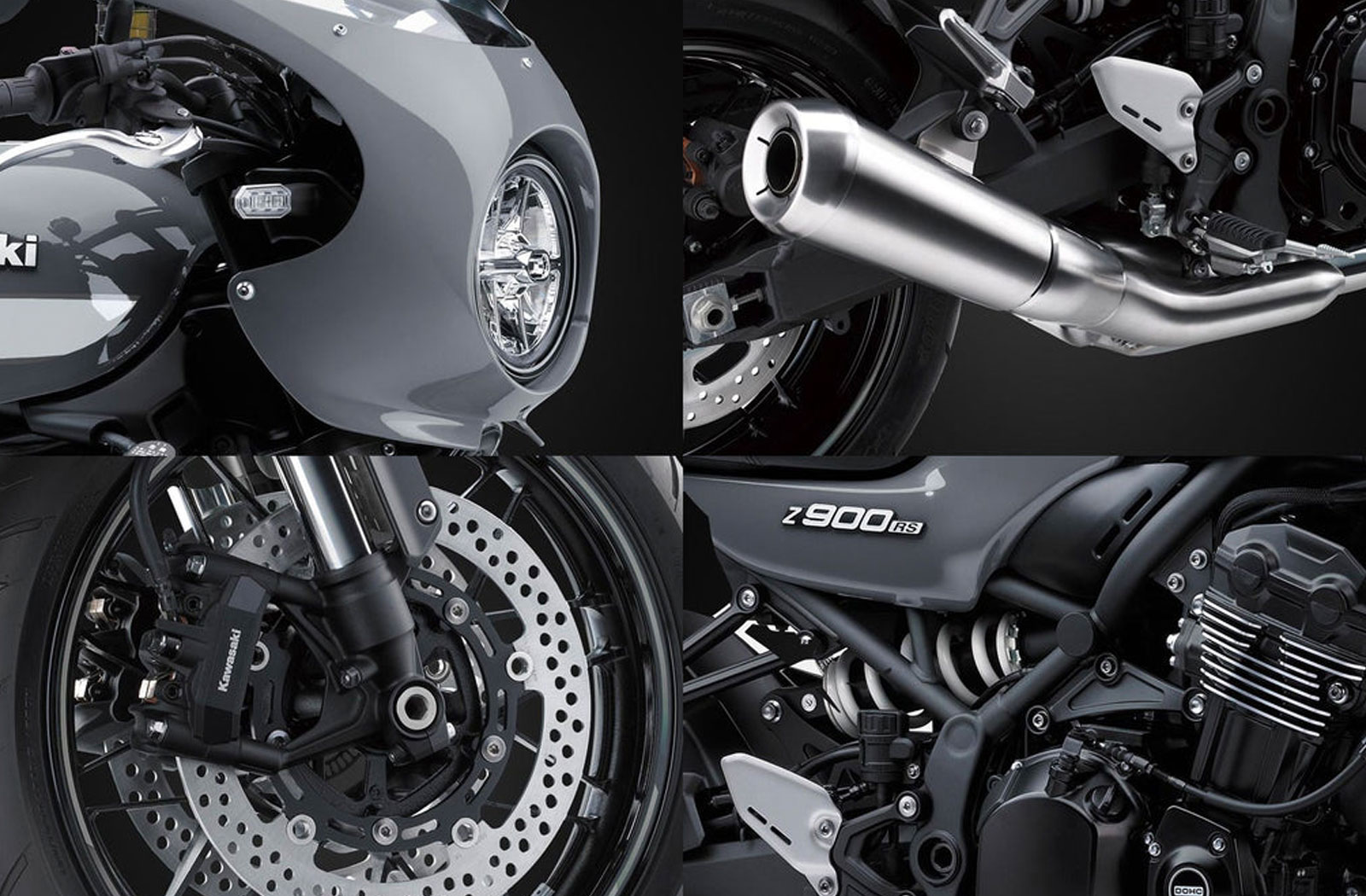

And like every other bike from Kawasaki, the Z900RS will put power to the road reliably for generations. But it’ll do it more gracefully, more willingly, and with a better sense of style than the standard Z900 (or any other naked) could ever imagine.
And that includes the inspiration for the Z900RS, the original Z1. Elevated to a reverential status somewhere between Jesus and the Corvette, the OG ‘Zee’ draws no criticism from any quarter. So it’s interesting to line the new bike up against the old. The numbers are clear: the Z900RS is an incredible upgrade. The new bike puts out thirty more horses and weighs thirty kilograms less. And that’s without considering all the other factors that 48 years of automotive development have done. The RS has a stiffer frame, is more reliable, and more comfortable, and has brakes that actually work. And it’s every bit as good-looking as it used to be.
The stage has been set for the Z900RS to be a worthy descendant of the original Z1 and an equally enjoyable ride as its plastic-laden Z900 sibling.
